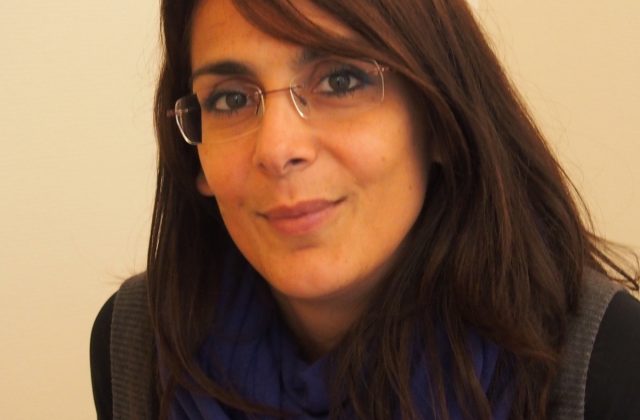Personalia
Giuditta Caliendo. Born in 1975. Ph.D. from University of Naples. Adjunct Professor of English Language and Translation at the University of Lille3.
EURIAS Fellow (Sept 2016 – Jan 2017)
The Representation of Organized Crime in Multimodal Discourse: the Case of Italy’s ‘Other
Mafias’
Research Question
The general objective of the study is to investigate the representation of organized crime in video documentaries from a critical perspective, highlighting the constitutive role of language, multimodality and translation in constructing the global identity of the two most powerful Italian crime syndicates today, the Camorra and the ‘Ndrangheta.
Project Description
The Camorra and the ‘Ndrangheta, two organized crime structures from Southern Italy, have only recently gained international visibility following some key events that marked their ‘Media outbreak’. The best seller “Gomorra” (2006) by Roberto Saviano was translated into English in 2007, introducing for the first time to the entire world the complex structure and abominable deeds of Naples’ crime syndicate, the Camorra (the bitter play on words of the book’s title originates from this name). The same novel also inspired Matteo Garrone’s internationally acclaimed film and the crime drama series “Gomorrah” which generated unprecedented interest about Naples’ criminal organization. Also in 2007, the massacre of six Italian mobsters in the German city of Duisburg gave extensive international media coverage to another previously unknown crime syndicate, the Calabrese ‘Ndrangheta, when for the first time a ‘vendetta’ was brutally pursued outside of Italy’s borders.
These events marked a decisive turning point in the way the Camorra and the ‘Ndrangheta, generally less visible and yet more dangerous than the Sicilian Cosa Nostra, started to be represented to the general public via the media. The international media began to give higher visibility to these criminal systems, which until then had been considered as far too alien or remote to be comprehended by a mass audience. The Media contributed not only to the overall process of awareness-raising among the public, but also to the shaping of the unfamiliar universe of actors, images and codes of conduct characterizing the ‘new’ mafias.
This study investigates mechanisms of dissemination and representation of the ‘lesser-known’ mafias beyond Italy’s borders by looking at the audiovisual genre of the expository documentary. The documentary genre is particularly conducive to our research aims as it does not propose a reproduction of reality, but rather “a representation of the world we already occupy”. This genre is therefore not merely referential and informative, but can be constitutive of new forms of identity inhabiting the criminal world.
Selected Publications
Caliendo, G./Lanslots, I./Sambre, P. (2015). La ‘Ndrangheta, da Sud, oltre frontiera, a Nord. Sul discorso distopico intorno ad una malavita organizzata. Civiltà Italiana.
Caliendo G. (2012), “Italy’s Other Mafia: a Journey into Cross-Cultural Translation”. The Sociological Turn in Translation and Interpreting Studies. Special issue of Translation and Interpreting Studies, John Benjamins Publishing, 7:2, 191-210.
Caliendo G. (forthcoming), Rethinking ‘Togetherness’. Discourse, Identity and Citizenship in the European Union. Bern: Peter Lang.
